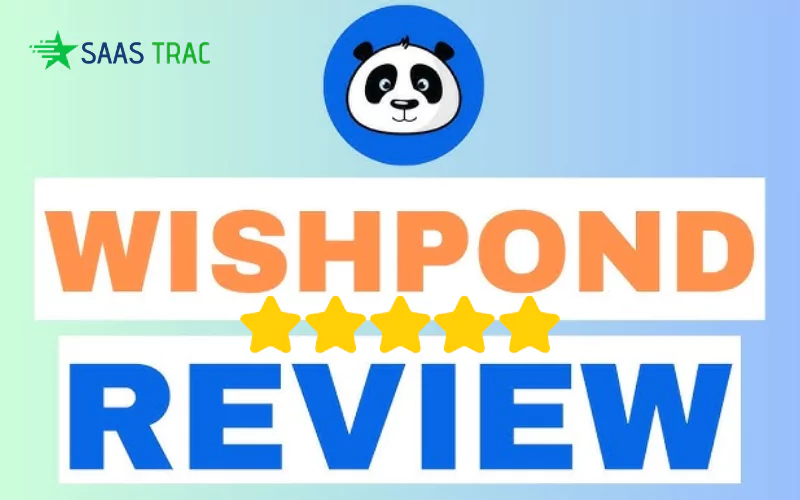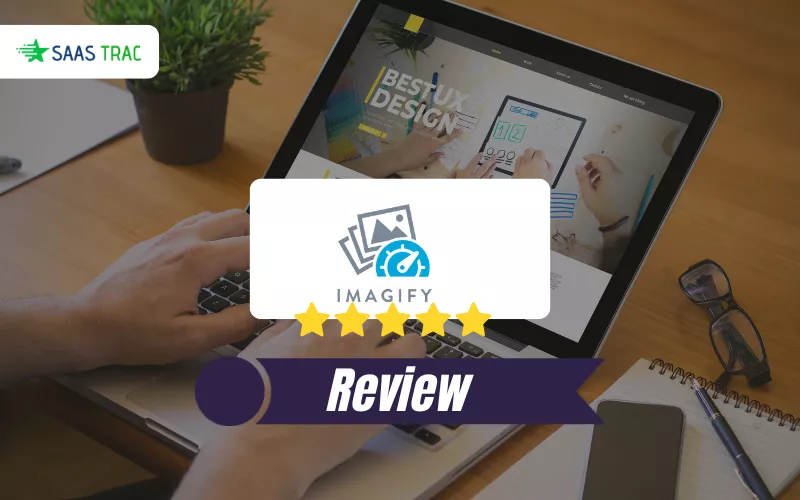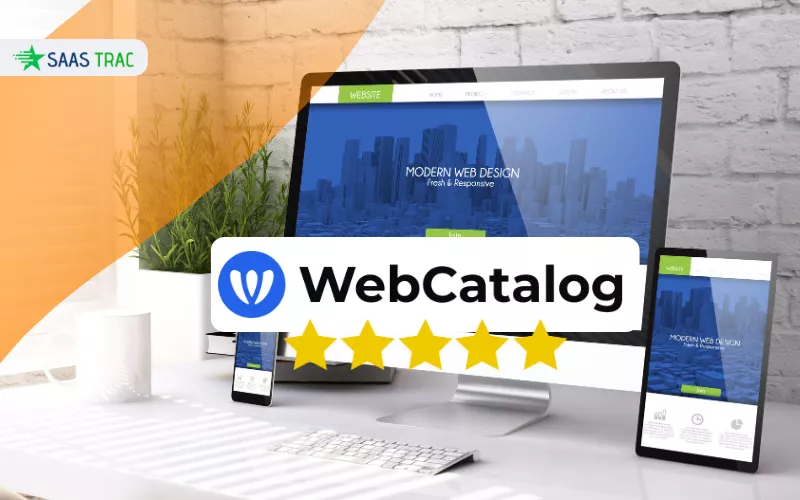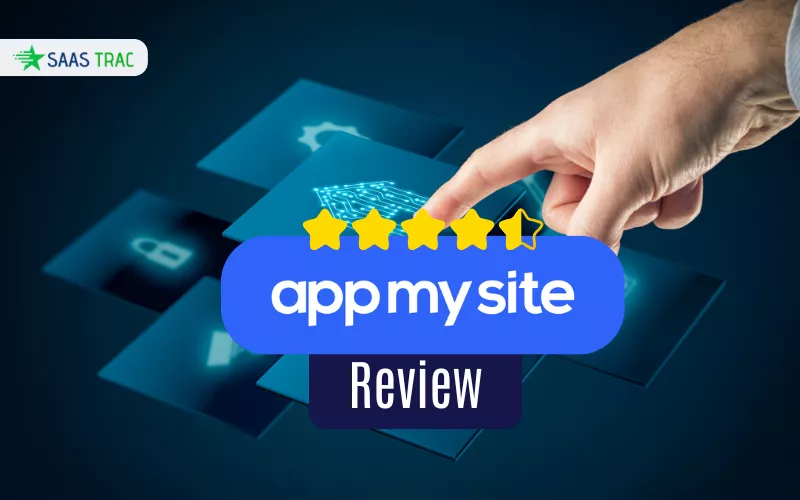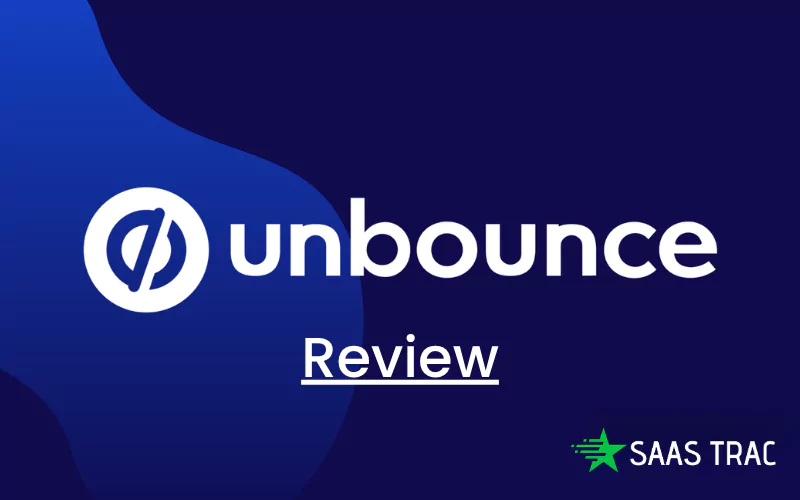You already know the math: every extra second of page-load time costs you 7 % in sales, and a clunky form can wipe out half your ad budget before you even see the data. Yet marketers still default to “Let’s throw more money at ads” when performance stutters. I learned that lesson the hard way this spring. We spent $5,000 on a Facebook campaign driving traffic to our own homegrown landing-page builder, only to watch opt-ins flat-line at 11%. Sure, the creative was polished and the targeting was on point—but our pages were slow, forms were buried, and mobile UX was a mess.
The turning point wasn’t doubling down on ad spend. It was swapping out our old builder for Wishpond, a marketer-first, drag-and-drop suite. Within three weeks, we turned that same traffic into 42 % more leads—and this breakdown will show you exactly how.
What Is Wishpond?
 What It Is: A cloud-based suite designed for small growth teams to build landing pages, pop-ups, contests, and automated emails—no dev tickets required.
What It Is: A cloud-based suite designed for small growth teams to build landing pages, pop-ups, contests, and automated emails—no dev tickets required.
Core Promise: Zero code. Real-time support. Conversion-focused templates. Everything you need to optimize traffic → leads without hiring an engineer for every tweak.
Ideal For: Bootstrapped startups, lean marketing teams, agencies juggling multiple clients, or any marketer tired of “waiting on Dev.”
Our Starting Line: From Zero To First Campaign In 47 Minutes
We kicked off a clean trial—no credit card required—aiming to replicate our existing funnel. Here’s the play-by-play:
- Sign Up & Setup (5 minutes)
– Enter email + password → instant access with a 14-day free trial.
– No billing info, no hold-ups. - Template Selection (8 minutes)
– Navigate to “Lead Gen” library → filter by industry “SaaS.”
– Preview designs (we landed on a minimalist squeeze page with bold headline and large hero shot). - Page Customization (20 minutes)
– Drag in our logo.
– Swap in headline + sub-headline that call out our audience’s pain (“Stop guessing your funnel’s weakest link”).
– Upload hero image from our brand assets.
– Add a two-field form (Name, Work Email).
– Flip on the built-in A/B-testing toggle (headline variant vs. sub-headline variant). - Publish & Push Live (14 minutes)
– Click “Publish” → choose a custom subdomain (e.g., go.oursite.com/offer).
– Swap new URL into our existing Facebook ad set.
– Launch.
Total time: 47 minutes, including coffee break.
Core Features We Test-Drove (And Now Use Every Day)
 Before we committed to any long-term plan, we decided to put Wishpond’s core features through a real-world stress test—building, launching, optimizing, and scaling one campaign from scratch. What surprised us wasn’t just how well the platform handled the pressure—but how quickly these tools became a part of our daily workflow. Here’s a closer look at what we tested, how we used it, and why we still rely on it every day.
Before we committed to any long-term plan, we decided to put Wishpond’s core features through a real-world stress test—building, launching, optimizing, and scaling one campaign from scratch. What surprised us wasn’t just how well the platform handled the pressure—but how quickly these tools became a part of our daily workflow. Here’s a closer look at what we tested, how we used it, and why we still rely on it every day.
1. Drag-and-Drop Editor
Why It’s a Game-Changer:
Wishpond’s drag-and-drop editor gives you complete design freedom—no coding required. You can place elements exactly where you want them or rely on grid snapping for faster alignment. Whether you want to move a CTA button two pixels to the left or add a new section entirely, it’s as simple as dragging and dropping.
Advanced users aren’t left out either. If you’re comfortable with code, you’ll appreciate the hidden slots for injecting custom CSS and JavaScript. These stay neatly tucked away from the main editor, ensuring beginners don’t get overwhelmed, but still accessible for power tweaks.
Our Use Case:
During our first campaign, we realized that mobile users were scrolling past the CTA without noticing it. Thanks to real-time heatmaps, we decided to add a sticky header with a persistent CTA. We didn’t need to call in the dev team or wait 48 hours—just popped in a few lines of custom CSS, previewed it, and hit publish. The result? An immediate 7% bump in conversions. The ability to implement mid-campaign changes in minutes gave us a serious edge.
2. 200+ Conversion-Focused Templates
Variety that Covers Every Funnel Stage:
Wishpond comes loaded with over 200 templates designed for every kind of campaign—from simple lead-gen pages and product launches to time-sensitive Black Friday flash sales, webinar registrations, and more. Whether you’re running a B2B SaaS funnel or a direct-to-consumer promo, there’s a layout that fits.
Mobile-Responsive by Default:
Every template is optimized for mobile out of the box. You don’t need to worry about breakpoints, resizing fonts, or manually adjusting for screen sizes. On top of that, you can lock in brand guidelines—colors, fonts, button styles—so even if a junior team member is building pages, your design integrity stays intact.
Our Experience:
We picked a minimalist SaaS template for our initial funnel and customized it in under 20 minutes. Thanks to the mobile preview toggle, we were able to make quick layout adjustments for small screens and avoid the usual “fix it after launch” scramble. Having such a wide variety of niche-ready templates drastically cut our production time.
3. Pop-Up & Form Builder
Smart Triggering Options:
Wishpond’s pop-up and form builder lets you deploy conversion prompts exactly when and where they matter most. You can choose from:
- Exit-intent triggers (for desktop and mobile),
- Scroll-percentage triggers (e.g., show when user scrolls 60% down),
- Timed pop-ups (e.g., after 10 seconds),
- Scroll-to-element triggers (show after a user reaches a specific section),
- Two-step forms (click to reveal the input form—great for micro-commitments).
Built-In Cookie Handling:
No one likes being bombarded. Wishpond uses smart cookie logic to ensure visitors don’t see the same pop-up over and over again, helping you avoid fatigue and bounce rates.
How We Used It:
We added an exit-intent pop-up that offered our lead magnet (a free funnel checklist). Visitors who were about to bounce got a timely reminder of value, and we captured 18% more emails from the same traffic. We didn’t touch a single line of code—the setup took less than 10 minutes.
4. Contests & Viral Referral Loops
Built-In Viral Hooks:
One of the standout features is Wishpond’s built-in contest tools. It supports referral-based giveaways where users get unique share links. These links are automatically tracked and tagged so you can see who referred whom—all from the same dashboard.
Real Results:
We launched a “Refer a Friend, Get Priority Access” contest for a new feature rollout. Every participant received a personal share link and an incentive to refer others. In just five days, we gained 1,840 new leads—all warm, all opted-in. We didn’t need any third-party tool, no separate referral app, no API wrangling. Just picked a contest template, added our copy, and went live.
Bonus: The referral leaderboard and reward tiers created a built-in sense of urgency and competition—users shared more just to climb higher.
5. Email Automation & Native CRM
Built-In CRM:
Every form submission automatically feeds into Wishpond’s native CRM, where you can tag, segment, score, and view lead details. This is a huge win for small teams that don’t have the time or budget for separate CRM tools.
Simple Automation:
You can build email sequences (drip campaigns) right inside Wishpond. Triggers can be based on form submissions, specific user actions, or time-based rules.
Our Use Case:
We created a 3-email nurture sequence that delivered our lead magnet, followed up with a case study, and then introduced our product offer. No Zapier, no jumping between platforms, no syncing issues. The entire setup took under an hour. That kind of hands-free follow-up kept our leads warm while we focused on scaling the campaign.
6. Real-Time A/B Testing
Easy Variants, Instant Feedback:
Testing headlines, images, or CTAs has never been this simple. You can duplicate any page section or entire landing page, make a small change (like swapping a headline), and flip on the A/B test toggle. Wishpond will then evenly split incoming traffic and track conversions in real-time.
Fast Insights:
Conversion stats update every few minutes. You can watch the results roll in and, when you’re ready, shut down the underperformer with a single click.
What We Saw:
Our A/B test compared two headlines: one direct and benefit-focused, and the other curiosity-driven. Within 400 visits, we had a clear winner that outperformed the other by 27%. We kept the winning variant, then launched a follow-up test on button color. The iterative testing made our page better without redoing the entire design.
7. Integrations
Connect to Your Stack Seamlessly:
Wishpond plays well with the tools you’re already using. Native integrations include:
- CRMs: HubSpot, Salesforce, Pipedrive
- E-commerce: Shopify, Stripe
- Team Communication: Slack
- Automation: Zapier, Mailchimp, ActiveCampaign
- Analytics: Google Analytics, Facebook Pixel
You can also connect custom webhooks or use their API if you need to go deeper.
Our Flow:
We synced Wishpond with our HubSpot CRM via a native integration. Leads that came in through our lead-gen page were automatically segmented by campaign ID, tagged by source, and dropped into specific pipelines. Sales didn’t have to dig through spreadsheets or wait for marketing updates—everything was in place the moment the lead came in.
Wishpond pricing
 Here is the exact cost breakdown you will see at checkout when you open a new Wishpond account.
Here is the exact cost breakdown you will see at checkout when you open a new Wishpond account.
Starting Plan
$49 per month
- Unlimited landing pages
- 1,000 leads each calendar month
- Pop-ups, forms, email drip campaigns, and contest tools included
This is the entry point most solo marketers pick when they begin their first Wishpond reviews.
Everything You Need Plan
$99 per month
- All Starting Plan features
- A/B testing and custom JavaScript/CSS
- 2,500 leads per month
If you read any detailed Wishpond review, this tier is the one most growth teams upgrade to after the trial.
Rapid Growth Plan
$199 per month
- Everything in the previous tiers
- 10,000 leads per month
- Priority support and first-in-line live chat
Agencies running multiple client campaigns land here when they research Wishpond pricing for scale.
All plans are covered by a 14-day free trial with no credit card required, and annual billing removes 15 % from each monthly fee.
What Worked (And What Didn’t)
Here are some pros and cons of Wishpond:
Pros
- Zero-Code Tweaks: We added a sticky header by pasting 3 lines of CSS into the custom editor—instant uplift.
- Lightning-Fast Support: Two live-chat sessions, each answered in under three minutes.
- Data-Driven Layout Changes: Heatmaps revealed 68 % of mobile users tapped our primary CTA below the fold. We moved it above the hero section and saw an additional 7 % bump within 48 hours.
- Migration Speed: Our original Instapage setup took 90 minutes to clone a funnel—Wishpond matched it in just 12.
Cons
- Template Thumbnails: Too many look-alikes until clicked. A “preview full-screen” button would save ~5 minutes per pick.
- Heatmap Limitations: No native heatmaps on the $49 plan; embedding Hotjar via script worked fine but was an extra step.
- Occasional Editor Lag: Duplicating very large pages (100+ elements) sometimes lagged for a few seconds—nothing deal-breaking, but noticeable during late-night sprints.
Quick-Start Checklist (Steal This)
- One Offer, One Audience, One Outcome: Keep your funnel focused.
- Template + Brand Kit: Pick a conversion-optimized template and lock your colors/fonts.
- Headline Clarity: Address the pain or promise in eight words or fewer.
- Exit-Intent Pop-Up: Offer the same asset in a timed or exit-intent pop-up.
- A/B Test Headlines vs. Sub-Heads: Run at least 250 conversions before calling a winner.
- Iteration Plan: After headline, test CTA color; after color, test hero image; rinse and repeat.
Beyond the Basics: Advanced Tactics
- Personalization Tokens: Use dynamic text to insert the visitor’s company name—Wishpond supports URL-passed tokens, no code needed.
- Segmented Follow-Ups: Create hidden fields capturing campaign ID so you can tailor email nurture sequences.
- Referral Score Gamification: Use contests to gamify sharing—award badges or early-access slots.
- Progressive Profiling: For returning visitors, trigger a two-step form that asks one question at a time to boost completion rates.
- Server-Side Redirects: For SEO retention, use Wishpond’s integration with your CMS to host pages on your domain.
Bottom Line
Wishpond won’t write your copy or buy your ads—but it removes every technical excuse between your traffic and revenue. According to user reviews on SaasTrac, it’s one of the top-rated tools for marketers who need speed and simplicity without sacrificing performance.
In our case, the leads from week one covered two months on the $99 plan. If you’re after fast-loading pages, CRM-friendly forms, viral contests, and real-time testing—Wishpond delivers before the trial even ends.
Ready to see what a 42% lift in leads looks like? Start your 14-day trial, pick a proven template, and follow our quick-start checklist.
Frequently Asked Questions
Q: Do I need a dev environment to customize templates?
A: Nope. Everything is drag-and-drop, with an optional CSS/JS slot for advanced users.
Q: How quickly can I integrate with my CRM?
A: Out of the box in under five minutes—just authenticate via Zapier or native connector.
Q: Will my pages rank in Google?
A: Yes. You can host on your subdomain, set meta tags, and Wishpond pages support SSL.
Q: Can I pause leads if I hit my quota?
A: Sure—just toggle your form off or set lead limits in your form settings.
Q: What support options exist beyond live chat?
A: Email support, knowledge base articles, and video walkthroughs are all included in every plan.


